The BRAWL² Tournament Challenge has been announced!
It starts May 12, and ends Oct 17. Let's see what you got!
https://polycount.com/discussion/237047/the-brawl²-tournament
It starts May 12, and ends Oct 17. Let's see what you got!
https://polycount.com/discussion/237047/the-brawl²-tournament
UV seams in Arnlod
Hello!
I am new in 3D, so I have a noob question about UVs, seams, and the following render in Arnold. Currently I am checking the following pipeline:
1. High poly in Maya.
2. Low poly in Maya.
3. UVs for the low poly in Maya.
4. Baking in Substance painter.
5. Exporting the textures back to Maya and rendering in Arnold.
There's a super simple test model I created in Maya (the topology might not be perfect, but there are only quads, the shading looks ok, and there's no pinching):
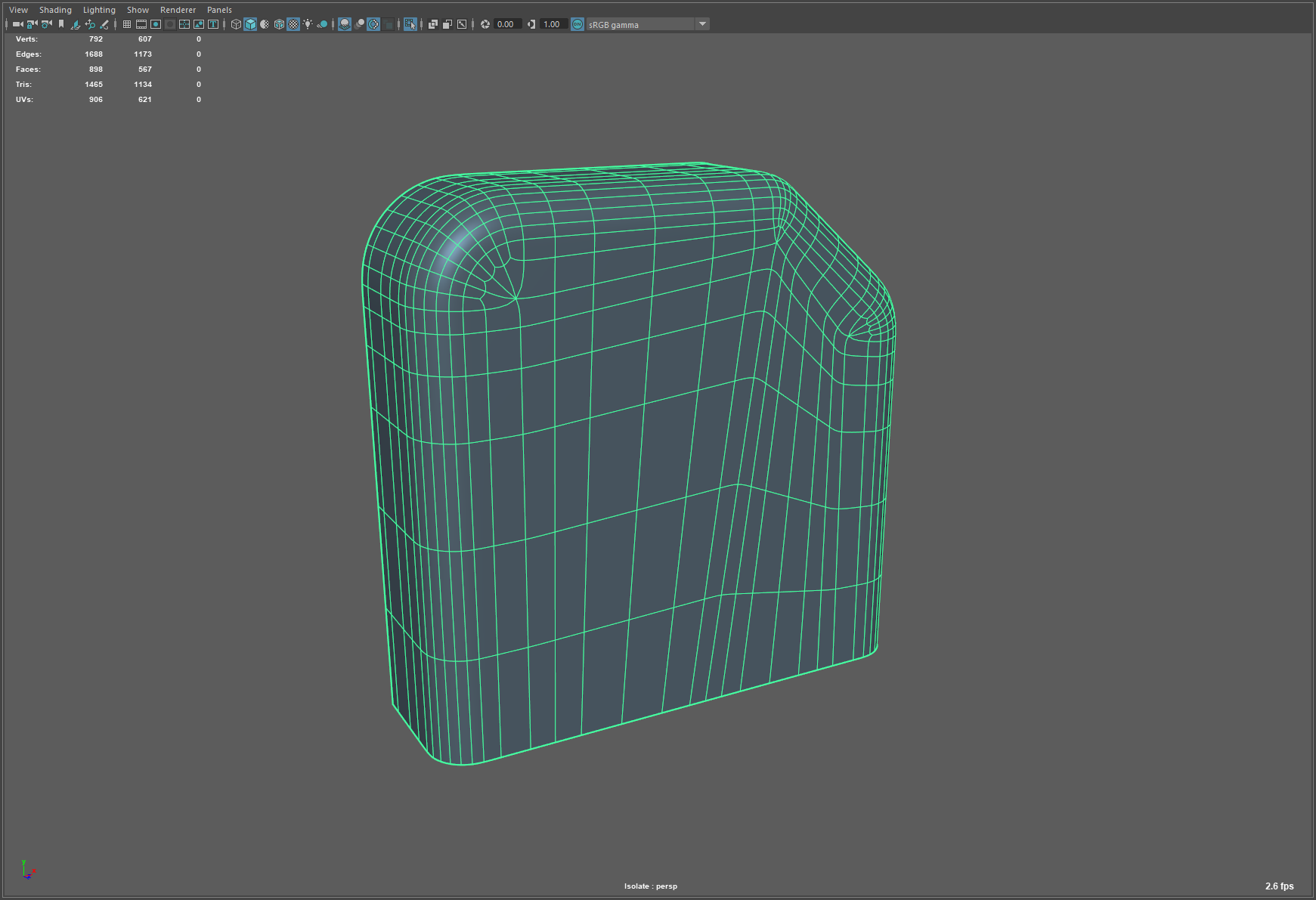
The low poly version:
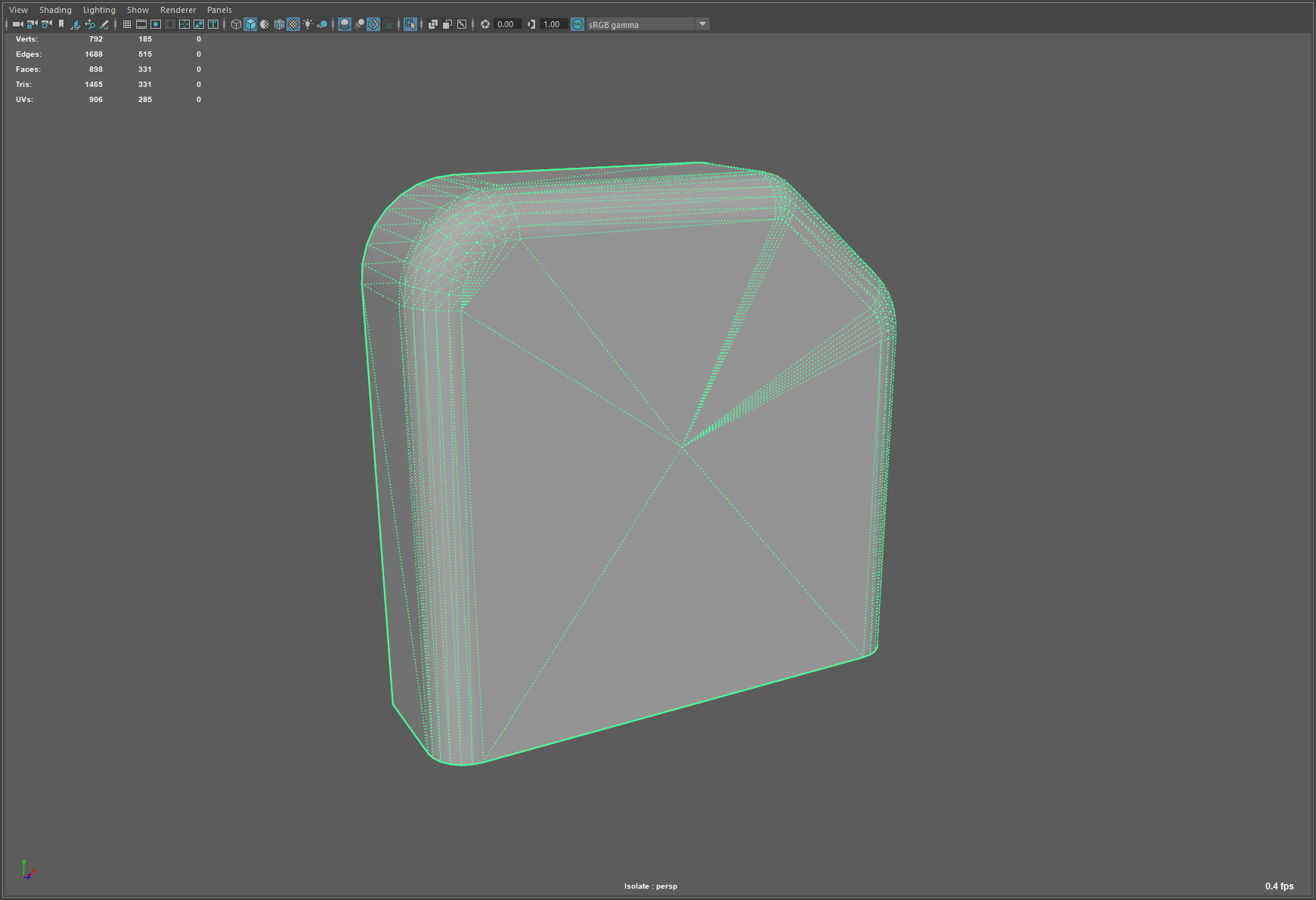
UVs:
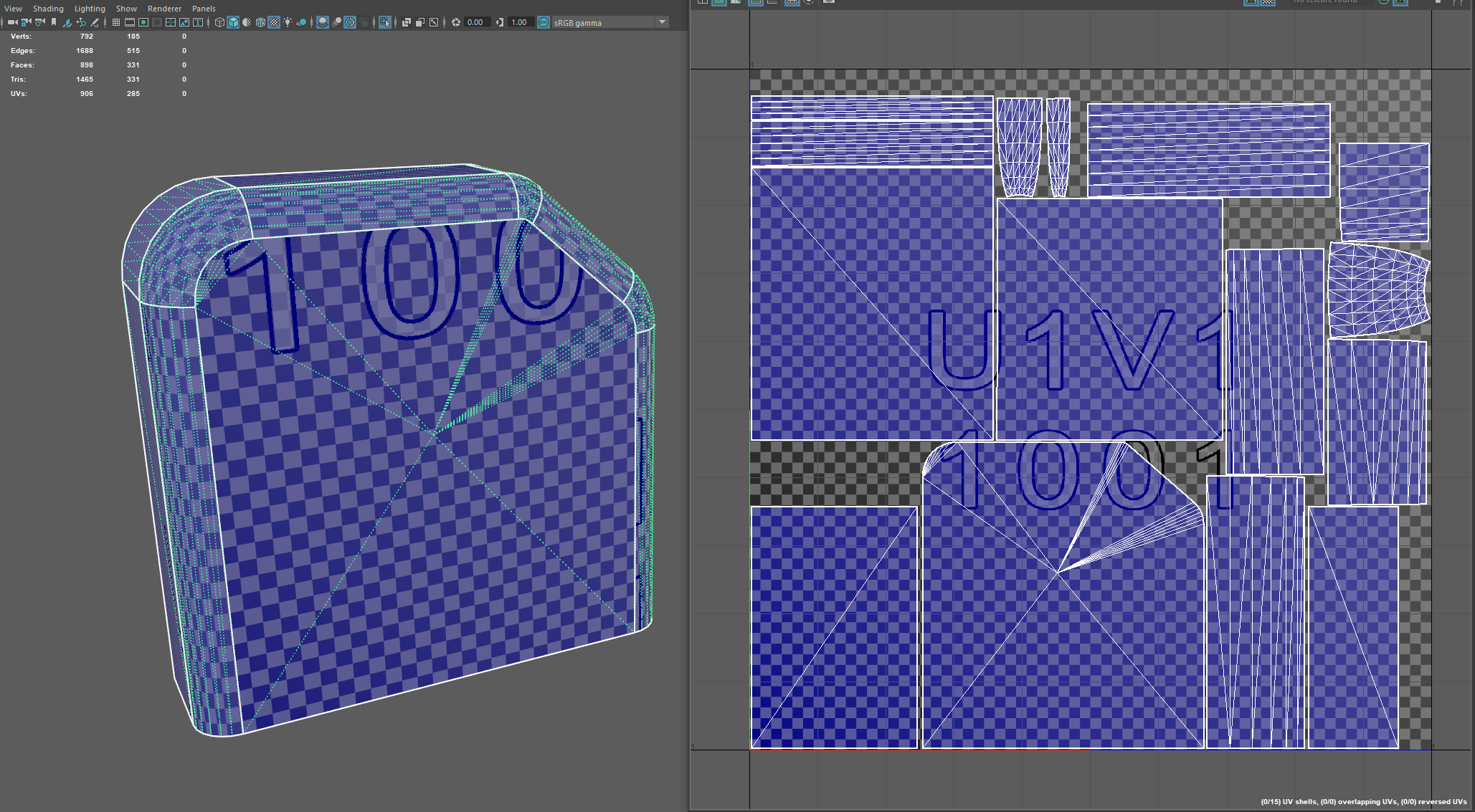
This is the normal map that I get after baking in Substance Painter. I don't know how to deal with these seams.
- I tried with both hard and soft edges, and it seems that soft edges should be ok here.
- Also I tried cutting UV shells differently, but it does not solve the problem of visible seams - the seams just appear in different areas, but they are still quite visible.
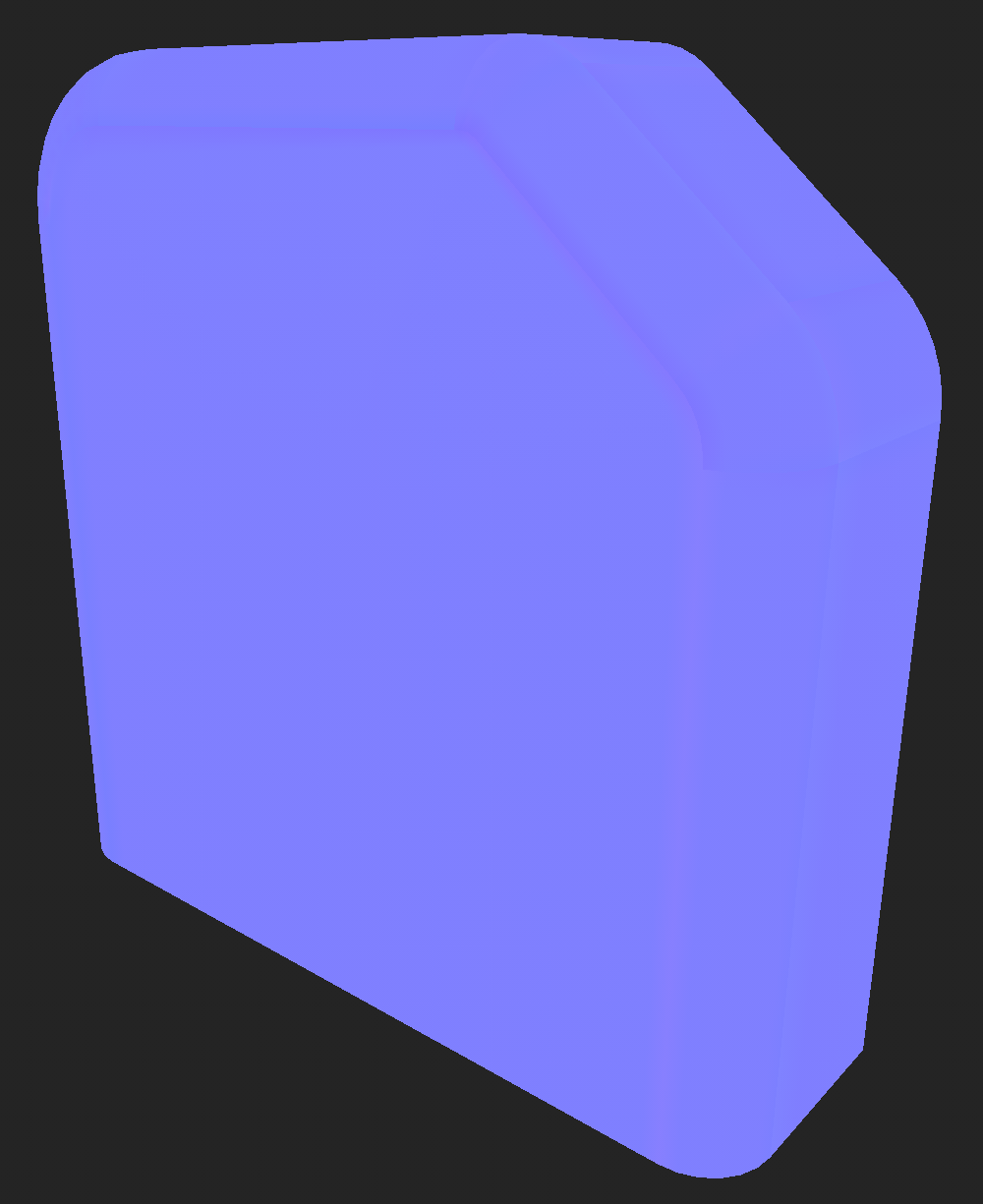
In Substance painter there is only one fill layer with Tri-Planar projection. The seams are hardly visible in Substance Painter:
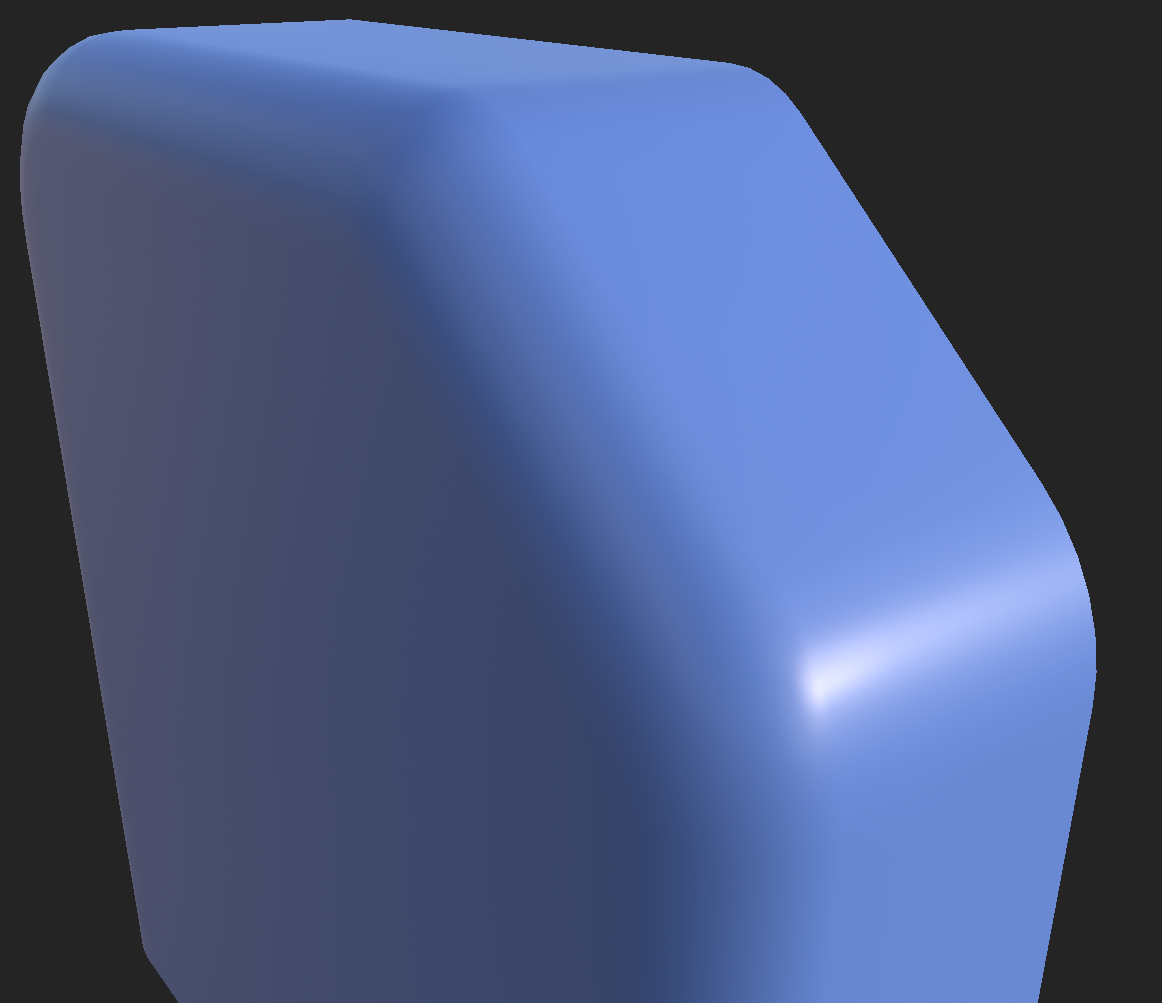
However the seams look really bad in Maya.
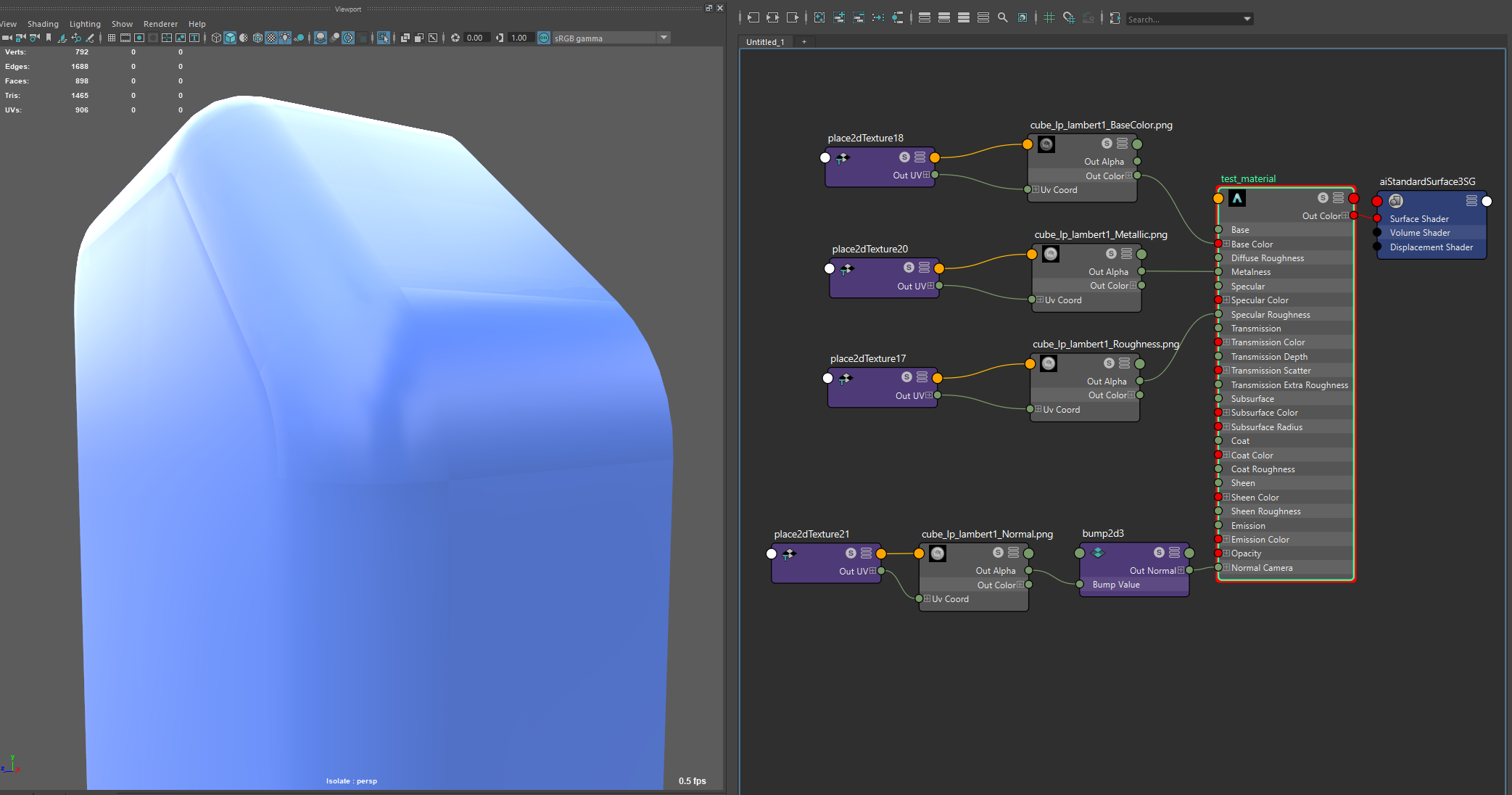
Material in Hypershade:
- Base color: sRGB
- Metalness: Raw + Alpha is luminance
- Roughness: Raw + Alpha is luminance
- Normal: Tangent space normals + Raw
And the render:
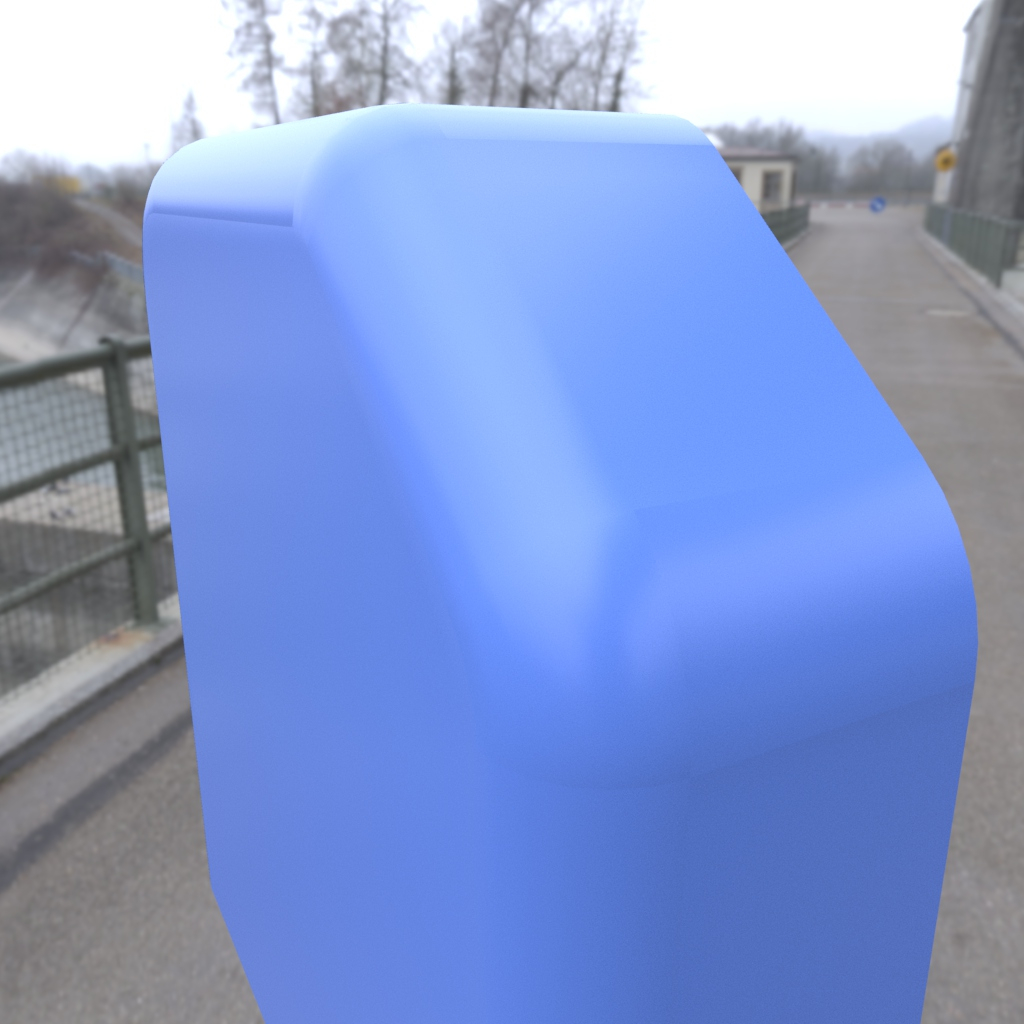
So the problem is that seams are super noticeable in the final render (although I did not even know about this problem until I switched back to Maya, as in Substance Painter everything looked more or less ok).
Could you please tell me what to fix in the first place? What am I missing? Thanks
I am new in 3D, so I have a noob question about UVs, seams, and the following render in Arnold. Currently I am checking the following pipeline:
1. High poly in Maya.
2. Low poly in Maya.
3. UVs for the low poly in Maya.
4. Baking in Substance painter.
5. Exporting the textures back to Maya and rendering in Arnold.
There's a super simple test model I created in Maya (the topology might not be perfect, but there are only quads, the shading looks ok, and there's no pinching):

The low poly version:

UVs:

This is the normal map that I get after baking in Substance Painter. I don't know how to deal with these seams.
- I tried with both hard and soft edges, and it seems that soft edges should be ok here.
- Also I tried cutting UV shells differently, but it does not solve the problem of visible seams - the seams just appear in different areas, but they are still quite visible.

In Substance painter there is only one fill layer with Tri-Planar projection. The seams are hardly visible in Substance Painter:

However the seams look really bad in Maya.

Material in Hypershade:
- Base color: sRGB
- Metalness: Raw + Alpha is luminance
- Roughness: Raw + Alpha is luminance
- Normal: Tangent space normals + Raw
And the render:

So the problem is that seams are super noticeable in the final render (although I did not even know about this problem until I switched back to Maya, as in Substance Painter everything looked more or less ok).
Could you please tell me what to fix in the first place? What am I missing? Thanks
Replies
https://polycount.com/discussion/232923/long-thin-triangles
P.S. If I add more layers in Substance Painter (dirt, rust and so on), the seams are kind of hidden, but not gone. Don't understand what to do if I want to create a super simple texturing (like just with the color, without additional "effects" like dust).
So ideally the pipeline for checking a model would be something like this?
- Maya (high and low poly)
- Substance Painter
- Unreal/Marmoset
it reveals hard edges and Evee doesn't. I actually not sure about Mamoset . Haven't used it for couple years. Also iray as well as other ray tracing renders shows totally different intensity of specular reflections with same roughness texture . As well as Cycles, Arnold , Octane, red shift etc . While all of them consider it physically based.
Currently I am using Maya; I haven't used Blender and Evee. Probably I'll try it later, for now I am just trying to figure out the basics.